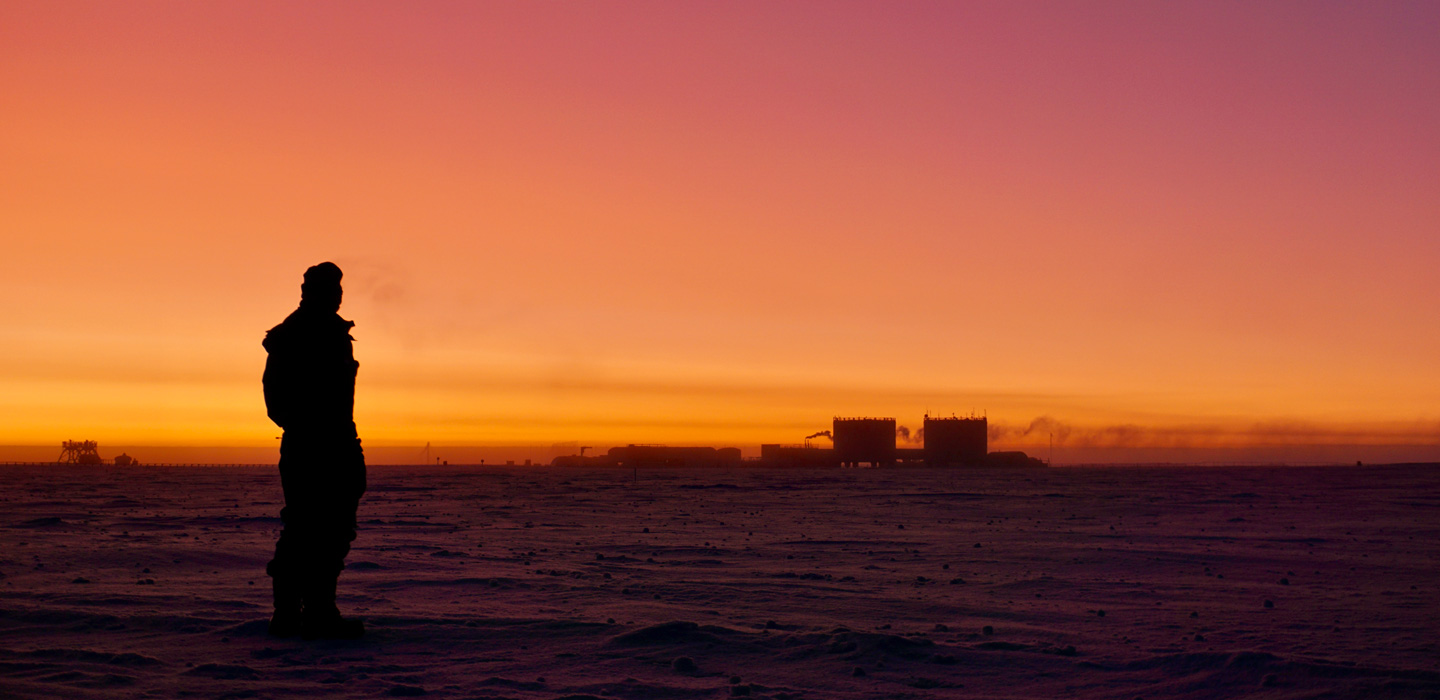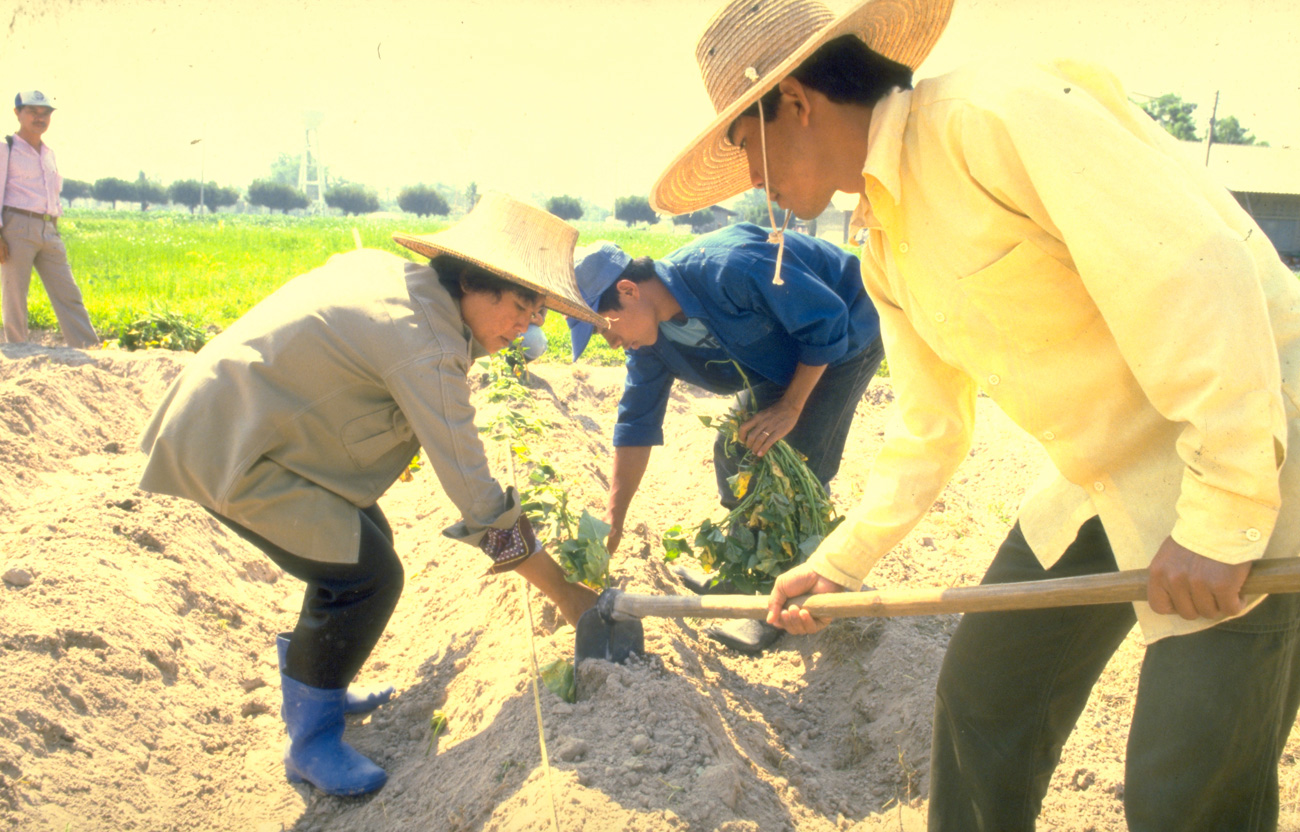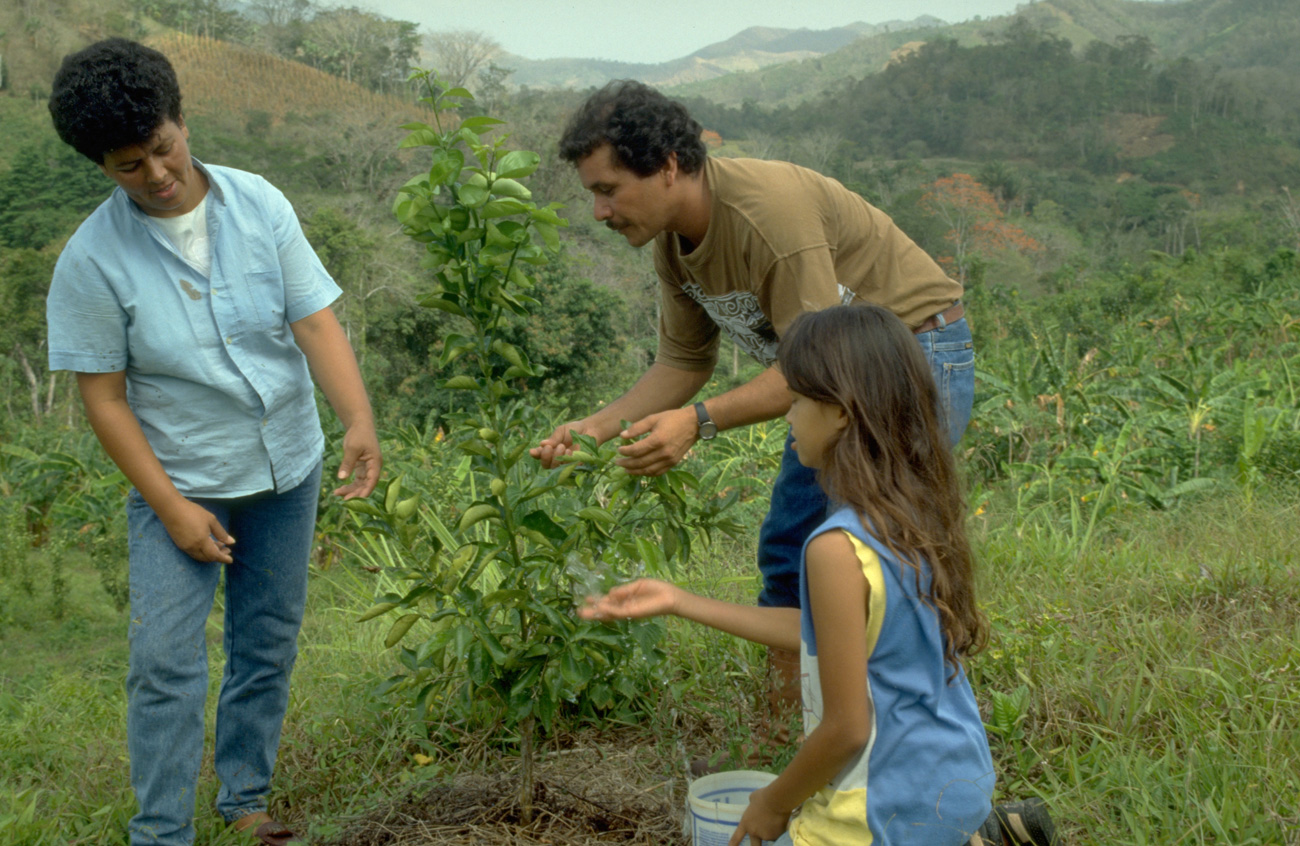It’s been 50 years since the first Stockholm Conference. What have leaders done to protect our planet since?
IFAD Asset Request Portlet
Asset Publisher
It’s been 50 years since the first Stockholm Conference. What have leaders done to protect our planet since?
Estimated reading time: 4 minutes
Dawn breaks over Antarctica, ending months of total darkness.
Fifty years ago, the nations of the world agreed that it was time for a change.
In June 1972, members of the United Nations gathered in Stockholm, Sweden, for the first-ever conference on protecting the environment. The conference culminated in the declaration that we have Only One World, and that the assembled nations would defend the environment for present and future generations to prosper and live in peace.
That moment in Stockholm shaped how we think of environmental management on a global scale. It also laid the foundations of sustainable development by affirming that the prerequisite for all people everywhere to have a chance to thrive is a healthy planet.
In the decades since, we’ve done a lot to safeguard our ecosystems – yet numerous challenges have arisen in the form of increasing climate variability and more frequent extreme weather events, declining biodiversity, and growing food insecurity. We urgently need to recalibrate our relationship with the planet and drastically step up action on climate and environment.
That’s why, at the Stockholm+50 conference, global leaders are returning to where it all began to decide what to do next. The conference takes place just ahead of World Environment Day, the theme of which – #OnlyOneEarth – has been chosen to echo the declaration made 50 years ago.
 |
| In the 1980s and 1990s, IFAD focused on building food production capacity. In this photo from 1986, workers at the Chiang Mai Research Center in Thailand plant experimental soybean seedlings as part of an IFAD-funded research project. ©IFAD/Sean Sprague |
The world wakes up to the impending climate crisis
During the 1970s, as the world witnessed a series of devastating food shortages in the Sahel caused by desertification, global concern about climate change and environmental degradation grew.
In response, the United Nations held one of the first major conferences on global food security. That conference also led to the establishment of IFAD in 1977 as an institution dedicated to financing agricultural development, especially for food production.
In 1989, amid growing alarm over rising sea levels, a UN resolution kicked off the first negotiations around climate change. Then, at the 1992 Earth Summit in Rio de Janeiro, agreements on climate change, desertification and biodiversity formally recognized three of the biggest challenges facing our environment.
During the 1990s, as the international community learned more about the complex interactions between food production and the environment, IFAD’s vision broadened to supporting rural-dwellers and indigenous peoples as both users and protectors of ecosystems. In 1994, IFAD introduced procedures to integrate environmental responsiveness into everything we do.
 |
| Farmers (left, right) check in on a young orange tree, with support from an extension services worker (centre), as part of an IFAD-supported project in Venezuela in 1992. ©IFAD/Horst Wagner |
The international community takes action – but is it enough?
By the turn of the 21st century, the connection between the environment and human well-being had come to the fore. In 2000, the UN General Assembly set eight Millennium Development Goals (MDGs). Progress on these was substantial but uneven.
The Sustainable Development Goals succeeded the MDGs in 2015 and were more ambitious, integrating climate and environmental protection as a prerequisite for sustainable development.
Also in 2015, the Paris Agreement committed to limiting temperature rise to well below two degrees Celsius compared to pre-industrial levels. It recognized for the first time that, although agriculture contributes to climate change, it’s also an essential part of the solution. Today, over 90 per cent of participating countries’ commitments toward the Paris goals include agriculture. IFAD, for its part, had launched ASAP in 2012 to channel climate and environmental finance to small-scale producers.
But by COP26 in 2021, the world was a different place. Delayed by a year due to the COVID-19 pandemic, it was marked by the knowledge that some climate change effects are now irreversible. But the pandemic also provided an opportunity to build food systems that support the rural poor, protect biodiversity, and adapt to climate change.
Today, 60 per cent of IFAD projects assist rural producers with growing food and increasing incomes using agroecological methods that conserve nature instead of exploiting it. Our ASAP+ programme aims to mobilize US$500 million for small-scale agricultural producers. We are also an executing agency of the Global Environment Facility and the Green Climate Fund.
But, as the latest climate change research shows, the world needs to do more. We need enough nutritious food to feed us all, and we need to produce it sustainably, by investing in nature-based solutions.
“Climate and nature are inextricably linked,” says Tom Anyonge, Acting Director of IFAD’s Environment, Climate, Gender and Social Inclusion Division. “The health of one depends on the other, and harm to one harms the other. Agriculture and food systems are a part of this relationship, as one of the most intimate ways that human beings rely on nature and the environment.”
Remember the hole in the ozone layer?
While the scale of global action needed to address the climate crisis may seem overwhelming, we have done it before.
On World Environment Day 1977, the UN Environment Programme raised concerns about the danger of certain chemicals for the earth's protective ozone layer. Within 10 years, every single UN member state had ratified the Montreal Protocol on Substances that Deplete the Ozone Layer. Today, 98 per cent of ozone-depleting substances have been phased out and the ozone layer is projected to recover fully by 2050.
This shows that transformative action is possible. By working together and investing on a global scale, we can and must protect our planet and our food systems and achieve prosperity for all: now, and for generations to come.
Learn more about IFAD’s work to protect our environment and climate.
Publication date: 01 June 2022